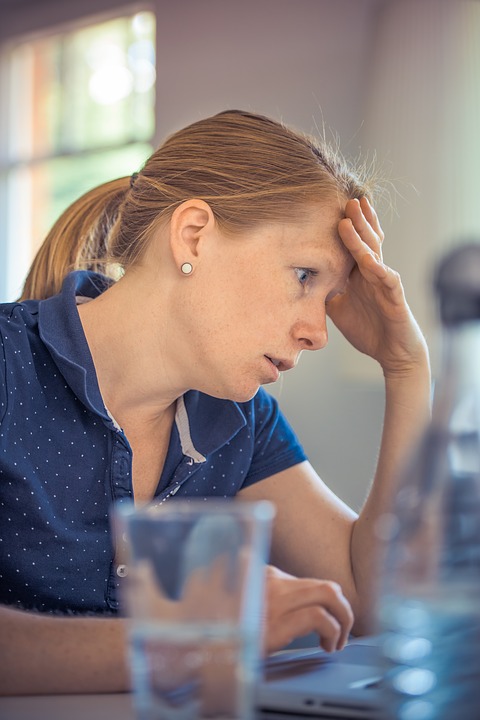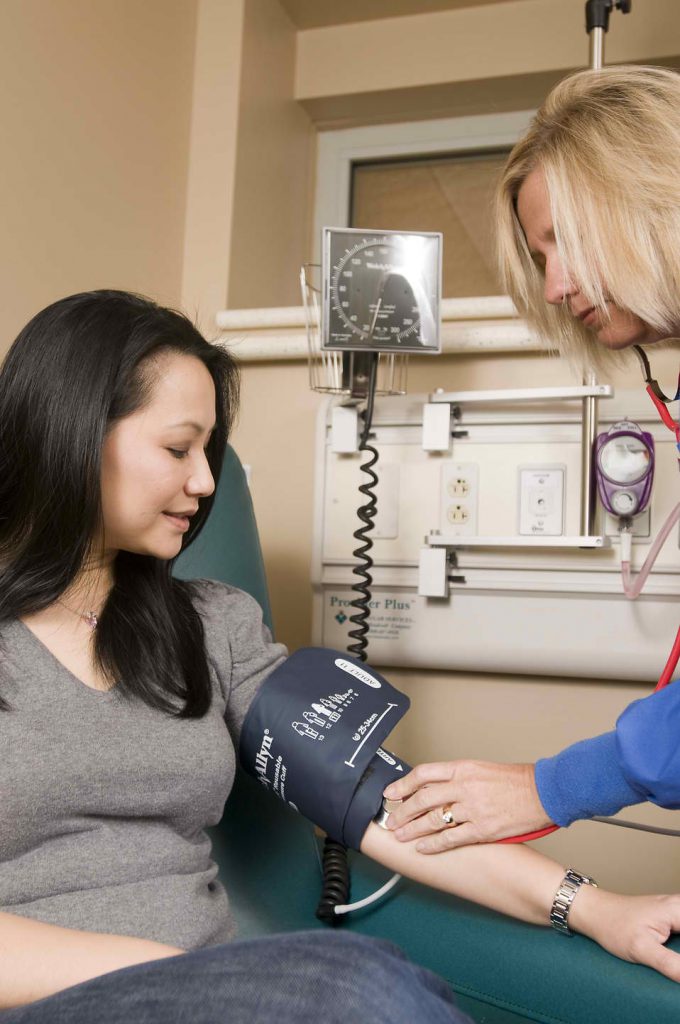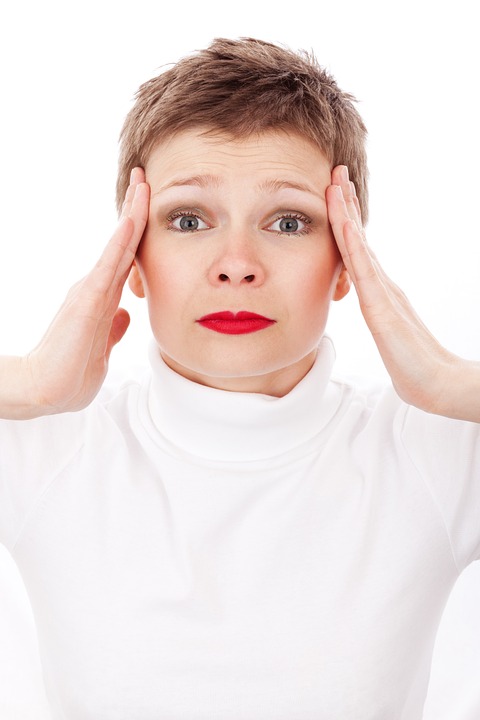Although menopausal climacteric is not a fatal condition, a stroke can turn a nice situation into a deadly one. If a person believes they are experiencing a stroke they should call an ambulance or get to the emergency room some other way. The longer the stroke can occur, the more widespread the damage will be.
Menopause and stroke seem like a pair that should be mutually exclusive, but, like everything in physiology, they are connected. To reduce the risk of having a stroke, it is important to understand what a stroke is and symptoms as well as the connection between it and a woman’s latter years.
“Previous studies have shown a link between early menopause and heart disease and stroke among white women”
What is a Stroke and Why Will it Likely Occur During Menopause?

Most people do not know that menopause and stroke are closely connected in older women. A stroke is a disorder of the brain in which the brain is cut off from the blood supply for some amount of time. It can be an incredibly dangerous condition, especially if it is not treated immediately in the emergency room. Interestingly, women in their middle age have a decreased risk for stroke, but those entering their menopausal years increase the risk of having a stroke by two.
According to Dr. Vaidya at the Johns Hopkins University School of Medicine, “Previous studies have shown a link between early menopause and heart disease and stroke among white women.” The reason for the protection in the middle years is estrogen; although the reason as to why estrogen protects against stroke is still poorly understood. During the menopausal years, the protection by estrogen greatly decreases, which leads to the much greater risk in a woman’s late adulthood.
What are the Signs and Symptoms of Stroke?
“people having a stroke can experience confusion, a loss of speech capabilities, or even an inability to understand what others are saying”
Knowing the signs and symptoms of stroke is vital to surviving one because every moment the brain goes without blood, more of the nervous tissue dies. One of the first signs of stroke is a sudden loss of feeling or a numbness in arms and legs, especially if it is limited to one side of the body. Following this, dizziness and severe headache can serve as warnings of stroke. Many people also experience a loss of or decreased vision in one or even both eyes.
Finally, people having a stroke can experience confusion, a loss of speech capabilities, or even an inability to understand what others are saying. These signs and symptoms are general, and they can change slightly depending on where the stroke is. Regardless, these should not be ignored, and medical attention should be sought right away.
How to Lessen the Risk of Stroke During Your Menopausal Years

Although the menopausal years are associated with a nearly doubled risk of stroke, there are ways to help bring that risk back under control. One of the best things to do is to eat a healthy diet involving lots of healthier items like fruits and vegetables while limiting simple carbohydrates and high-fat foods. Additionally, you should also keep physically active. Physical activity promotes the general health of the cardiovascular system by keeping cholesterol and blood pressure down, and this serves to decrease the chance of having a stroke.
You should also visit the doctor regularly to keep track of cholesterol and blood pressure. The doctor will provide advice and potentially medication if either of these become dangerously high. When combined, each of these strategies can help to lessen risks of stroke during menopause.
When to See Your Doctor
Ideally, you should have regular visits with your doctor to keep track of physiological conditions that can lead to stroke, but this may not always be possible. If you are experiencing the symptoms of stroke, you need medical attention right away. In fact, the sooner you can get to a doctor, the better off you will be because the stroke can be limited once medication is administered.
“To lessen risks of stroke during menopause, women should eat a healthy diet, be physically active every day, and visit the doctor regularly”

Additionally, there are times when you may have the symptoms of stroke that disappear within a short period after developing. This condition is referred to as transient ischemic attack, and you should inform your doctor of it right away. It is often caused by some underlying condition that must be addressed.
Stroke is a very dangerous medical condition, and women entering their menopausal years are at an increased risk for having one. The signs of stroke range from sudden numbness to problems with talking, and the condition should be addressed by a doctor as soon as possible.
To lessen risks of stroke during menopause, women should eat a healthy diet, be physically active every day, and visit the doctor regularly. The doctor should also be visited when the signs of stroke occur or when a woman suspects that she has had a transient ischemic attack. When these strategies are combined, a woman has a greater ability to control her chance of stroke during her menopausal years.





















